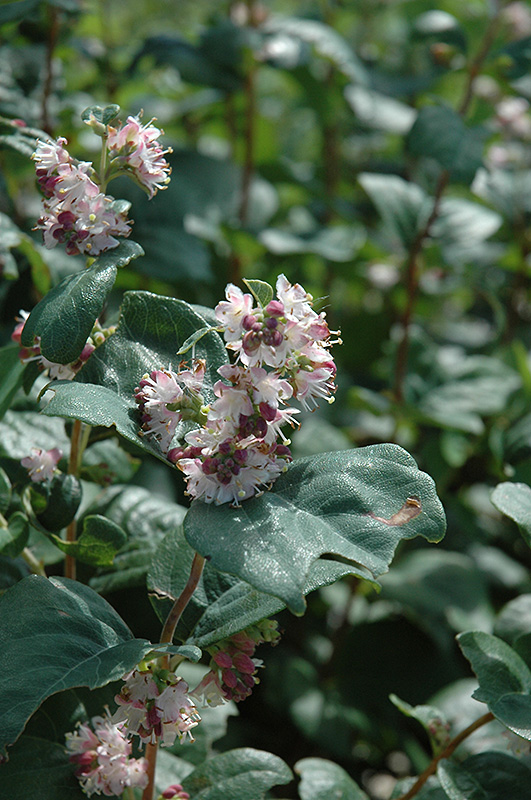How To Grow And Care For A European Cranberrybush Plant
The European cranberry bush (Viburnum opulus), also known as guelder rose, is a versatile and easy-to-grow shrub that is native to Europe and northern Asia. While it is commonly grown for its ornamental value, it is also a useful plant for attracting wildlife and medicinal purposes. In this article, we will explore the many benefits and attributes of the European cranberry bush, as well as helpful tips for care, pruning, propagation, and more!

Plant Attributes
The European cranberry bush is a deciduous shrub that typically grows to a height of 10-12 feet, with a spread of 8-10 feet. It has showy white flowers that bloom in late spring or early summer, followed by clusters of bright red berries that persist through the fall and winter. The leaves are lobed and coarsely toothed, turning a beautiful reddish-purple in the fall.
While the berries of the European cranberry bush are not typically used for human consumption, they are an important food source for many species of birds and wildlife.
Plant Care
The European cranberry bush is a relatively low-maintenance plant that is adaptable to a wide range of soil conditions and lighting situations. It prefers a well-draining soil that is kept consistently moist, but is tolerant of drought once established. It can grow in full sun to part shade, but will produce more flowers and fruit in full sun.
To encourage bushier growth and more flowers, prune the European cranberry bush in late winter or early spring. Remove any dead or damaged branches, and cut back any long, leggy stems by one-third to one-half of their length. Avoid pruning more than one-third of the plant at once, as this can weaken the plant and reduce flower production.
Propagation
The European cranberry bush can be propagated by taking softwood cuttings in the early summer, or hardwood cuttings in the late fall or winter. Softwood cuttings should be taken from the current season's growth, and should be about 6 inches long. They should be rooted in a well-draining soil mix and kept in a warm, humid environment until they develop roots and new growth. Hardwood cuttings should be taken from older, mature wood, and should be about 12 inches long. They should be stuck in a well-draining soil mix and kept in a cool, moist environment until they develop roots and new growth.
Potting & Repotting
The European cranberry bush can be grown in containers as well as in the ground, making it a great option for small gardens, patios, and balconies. When planting in a container, choose a pot that is at least 2-3 times the size of the root ball, and use a well-draining soil mix that is rich in organic matter. Water the plant regularly, and fertilize with a balanced, slow-release fertilizer every spring.
If the plant outgrows its container, it can be repotted into a larger pot, or transplanted into the ground. When repotting, choose a pot that is only slightly larger than the current one, and use fresh, well-draining soil mix.
Common Pests & Plant Disease
The European cranberry bush is relatively pest and disease resistant, but may occasionally be affected by aphids, scale insects, or powdery mildew. These can be treated with organic insecticides or fungicides, or by pruning affected areas of the plant.
Common Problems
One common problem with the European cranberry bush is the lack of berries. This can be caused by a number of factors, including poor pollination, lack of sunlight, or improper pruning. To encourage more fruit production, plant several European cranberry bushes together to increase pollination, prune in late winter to remove any old wood that may be inhibiting fruit production, and provide ample sunlight.
In conclusion, the European cranberry bush is a versatile, easy-to-grow shrub that should be a part of every garden. With its stunning flowers, showy fruit, and wildlife benefits, it is a true treasure that is sure to delight for years to come!




Post a Comment for "How To Grow And Care For A European Cranberrybush Plant"